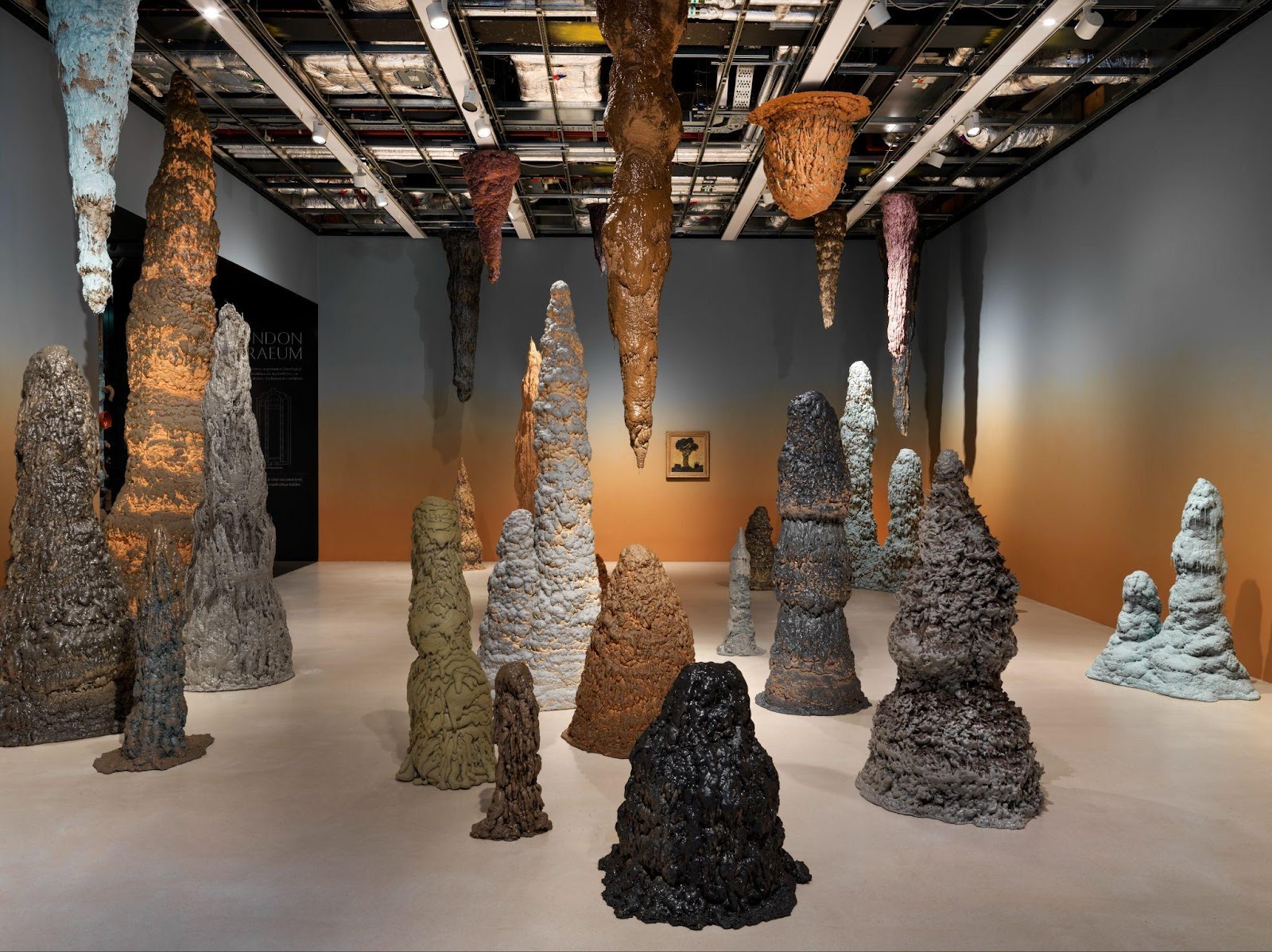
A cave, bones, ruins, painting, and an art you can climb into – these elements of our human history have captivated our minds and imagination for centuries. They hold the power to transport us through time, unraveling the mysteries of the past and offering glimpses into the lives of those who came before us.
In this article, we embark on a journey to explore the captivating intersection of archaeology and art. From ancient artifacts buried deep within the earth to the masterpieces adorning the walls of revered museums, we delve into how art has allowed us to connect with our ancestors and study the evolution of human civilization.
The Power of Archaeological Artifacts
Archaeological artifacts are like fragmented puzzle pieces that endow us with invaluable knowledge about the past. Each piece tells a story, providing a glimpse into the rituals, beliefs, and customs of ancient civilizations. These artifacts offer a tangible connection to our ancestors, allowing us to transcend time and experience the lives they led.

One remarkable example is the discovery of intricate cave paintings in Lascaux, France. Created over 17,000 years ago, these prehistoric masterpieces depict animals, hunting scenes, and abstract symbols of the time. Through these paintings, we gain insights into the daily experiences, artistic capabilities, and spiritual beliefs of our early human ancestors.
Exploring the Ruins of Ancient Civilizations
As we venture from caves to the remnants of once-thriving civilizations, we find a treasure trove of art hidden amidst the ruins. From the awe-inspiring murals of Pompeii to the intricately carved reliefs of ancient temples, these art forms are time capsules that allow us to study the cultural, religious, and historical aspects of societies long gone.
Take, for instance, the iconic Mayan city of Chichen Itza in Mexico. Among its grand architectural remnants stands El Castillo, a pyramid adorned with sculptures and carvings that hold profound cultural significance. These art forms guide our understanding of Mayan mythology, social hierarchies, and architectural advancements.
Art as a Medium of Time Travel

Art has the unique ability to transport us into different periods of history, enabling us to experience the world through the eyes of our ancestors. Museums are gateways to these time-traveling adventures, housing precious artifacts in carefully curated displays.
Consider the Metropolitan Museum of Art in New York City, with its vast collection of antiquities from around the globe. Here, Egyptian sarcophagi whisper tales of pharaohs and their beliefs in the afterlife, while Greek sculptures evoke the mythological narratives that shaped their worldview. These artifacts, meticulously preserved, provide a tangible link to distant cultures and the realms of imagination they nurtured.
The Global Heritage and Responsibility
As we immerse ourselves in the beauty and significance of archaeological art, we must also recognize the responsibility entrusted to us. The preservation and protection of these cultural artifacts is essential to honor the diversity of our shared human heritage.
By studying and appreciating the art of the past, we not only gain a deeper understanding of our roots but also foster a sense of compassion and empathy towards different cultures. It reminds us that despite our differences, we are all part of an intricate tapestry of human history.
“The art of the ancients remains eternally present, whispering tales of our collective past and offering inspiration for our future.”

